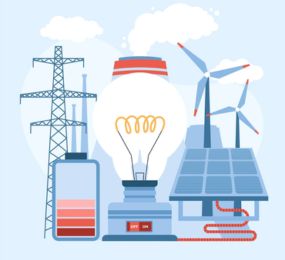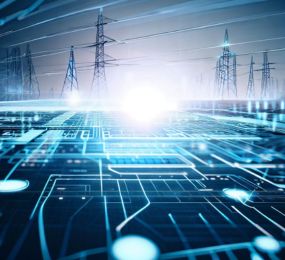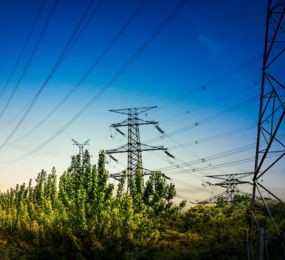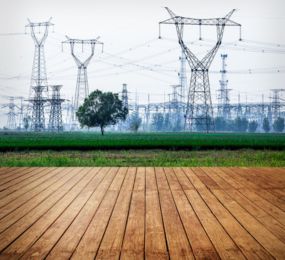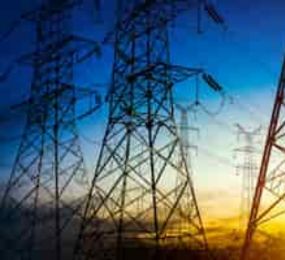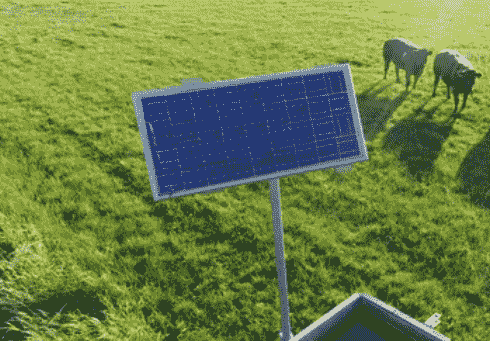The power grid, a complex and dynamic network, is on the cusp of a significant transformation, thanks to the integration of edge computing. Edge computing is revolutionizing grid automation by pushing data processing closer to the source, enabling real-time decision-making, enhancing efficiency, and bolstering grid resilience. In this article, we explore the profound impact of edge computing on the power grid.
Edge computing brings computational power closer to the edge of the network, where data is generated, rather than relying solely on centralized cloud computing. This paradigm shift is paramount for grid automation, as it allows for faster, more localized data processing.
Edge computing enables grid devices and sensors to process data and make decisions in real time. For the power grid, this means that devices such as smart meters, sensors, and substations can analyze data locally. They can respond to anomalies or grid disturbances swiftly, reducing response times and minimizing the impact of disruptions.
Resilience is a critical factor in grid automation, especially in the face of extreme weather events or cyberattacks. Edge computing bolsters grid resilience by enabling grid components to operate autonomously when communication with the central grid is disrupted. This capability minimizes downtime and ensures grid stability even in adverse conditions.
Edge computing reduces the need for large-scale data transmission to centralized data centers. Instead, data processing and analysis occur locally, which means less data needs to be transferred over long distances. This efficient data management lowers the strain on communication networks and reduces energy consumption.
Edge computing is highly scalable and adaptable, making it ideal for the evolving grid landscape. As the grid incorporates more distributed energy resources and smart devices, edge computing can seamlessly accommodate additional nodes and devices, ensuring the grid remains responsive and efficient.
Distributed energy resources (DERs) like solar panels and wind turbines benefit from edge computing. Localized data processing allows DERs to make autonomous decisions about energy generation and consumption, optimizing grid operations and reducing energy wastage.
Edge computing is a transformative force in grid automation. Its ability to enable real-time decision-making, enhance grid resilience, streamline data management, and support the integration of distributed energy resources makes it an essential component of the modern power grid. As technology continues to evolve, we can expect edge computing to play an even more pivotal role in shaping the future of grid automation.
Visit our website to register and secure your spot today! click here: https://bit.ly/3peklYc
For more information and group participation, contact us: [email protected]


